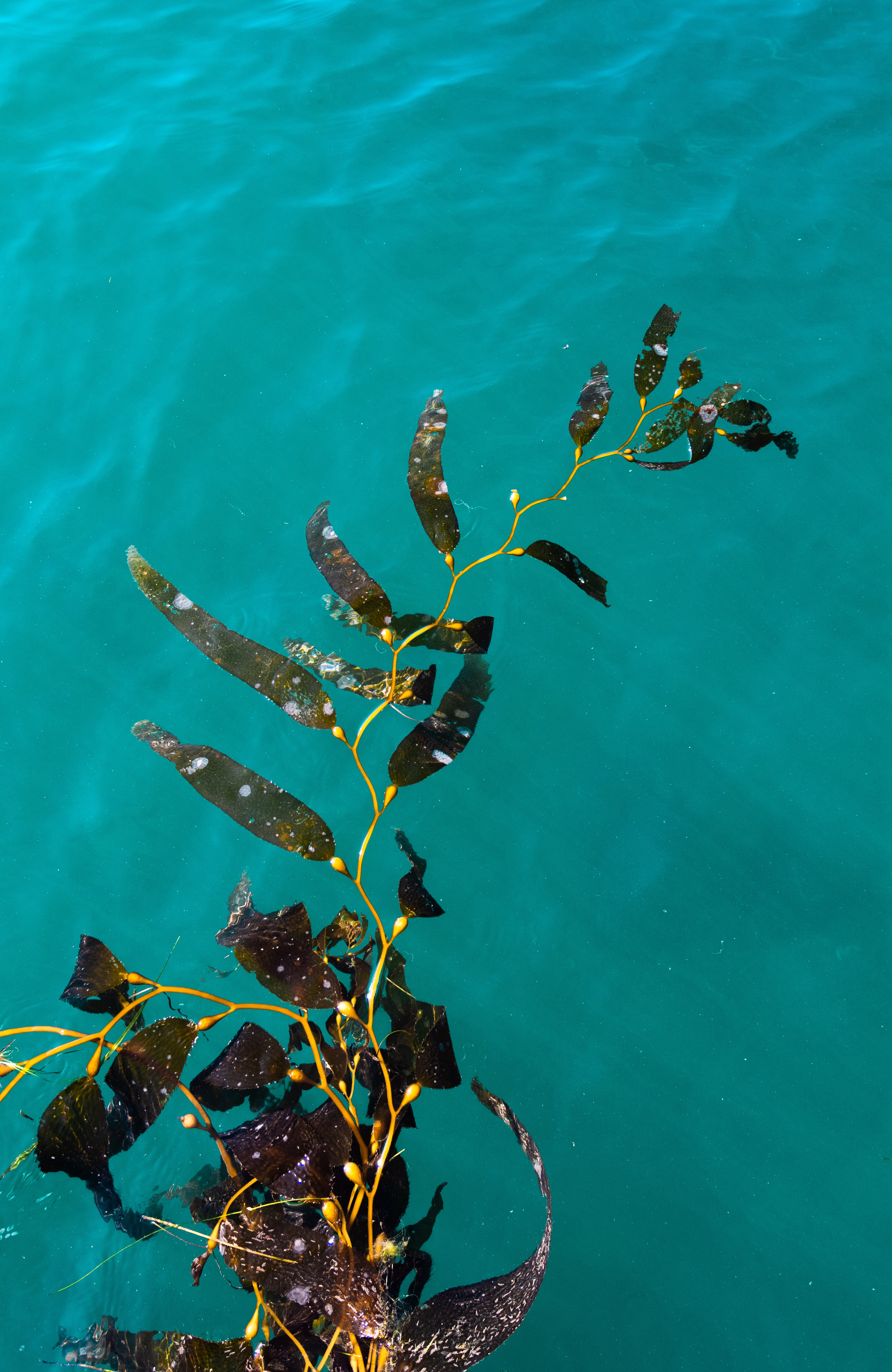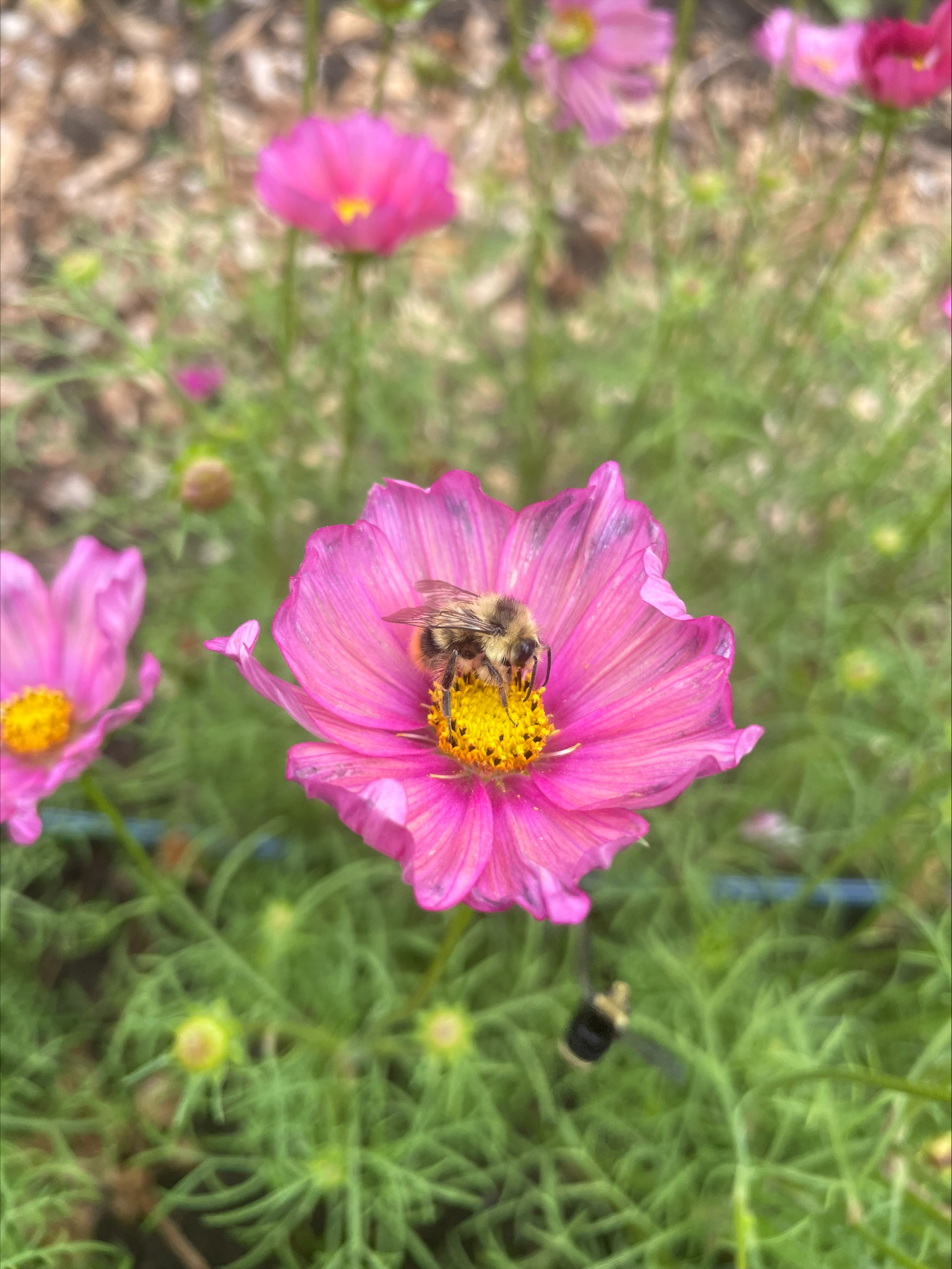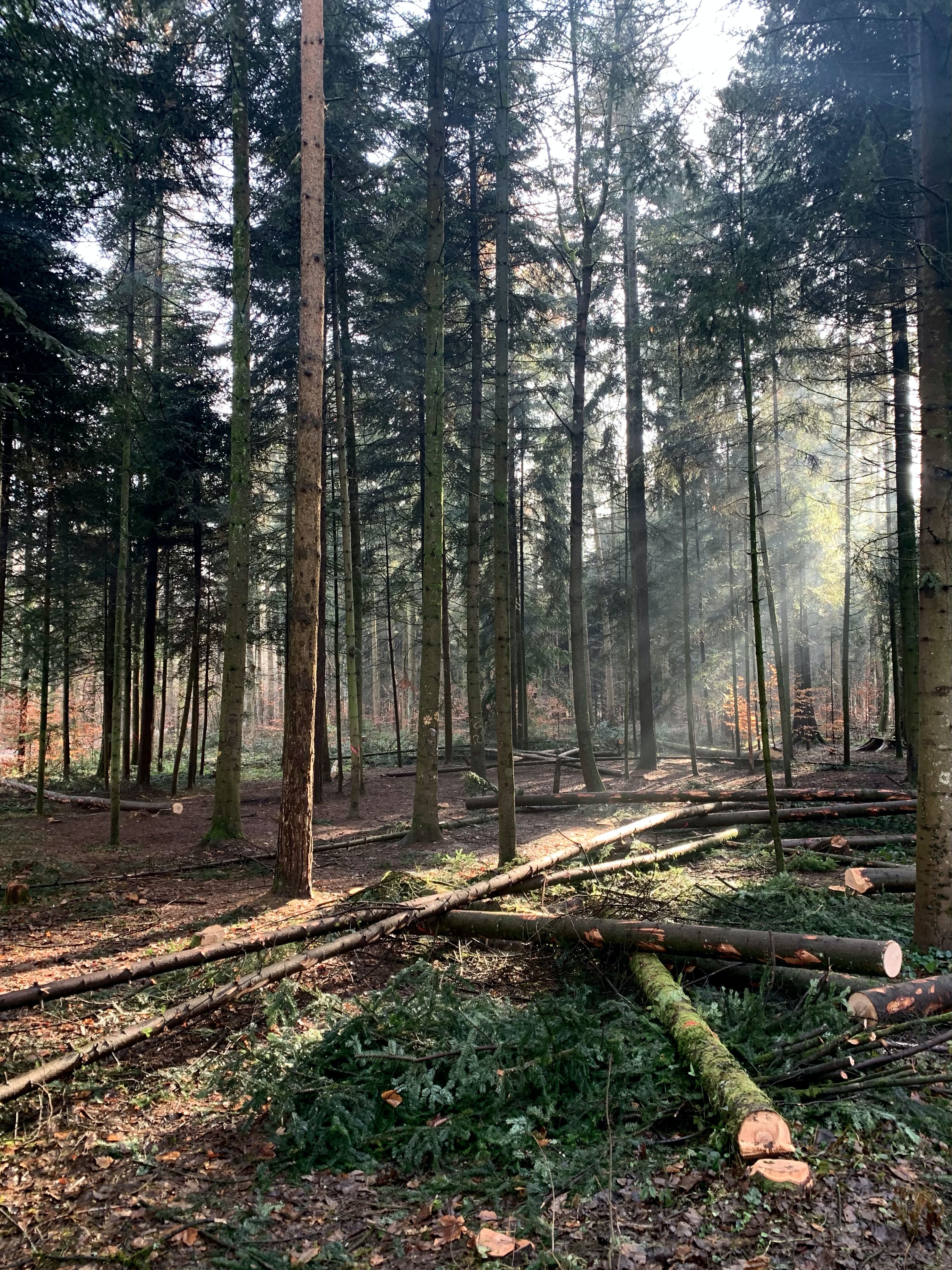Morpho welcomes second cohort of synthesis projects on kelp, pollinators, and fire
The Morpho initiative at NCEAS is centered around change. Like the Morpho butterfly, which changes shape during flight, these synthesis groups will transform over time to meet the needs of society and decision makers for data-driven environmental solutions. Central to this ability to evolve is having a diverse group of participants co-developing science.The NCEAS Morpho initiative supports working groups that move beyond academia; incorporating tribal leaders, agency representatives, and nonprofit partners to come together to solve some of our greatest challenges.
“It’s not just about doing science and then giving it to managers,” noted Morpho project manager Heather Lahr. “What is unique about Morpho is the co-creation done over the two year process.” The three groups chosen for funding exemplify this model, explained Lahr, bringing together scientists, managers, outreach specialists, and local knowledge holders. Each project, which span kelp forest restoration, plant-insect interactions, and wildfire fuel breaks, offers opportunities for immediate and sustainable implementation, which we explore below in conversation with the principal investigators.
 Time to help kelp
Time to help kelp
With ambitious goals for global oceans, like the UN’s 30 by 30 initiative to protect 30% of land and waters by 2030, Dr. Aaron Eger at the University of New South Wales has a vested interest in one particular component: kelp. “Some ecosystems are further along in achieving these goals” he explained. “There has been very little protection or restoration of marine kelp forest ecosystems to date.” In their Morpho project, Eger hopes to address this critical gap. The goal is to determine the best locations for protecting and restoring kelp forests while minimizing personal conflicts and maximizing local benefits.
To accomplish their impressive synthesis, Eger and his team are relying on the Kelp Forest Alliance, a research driven non-government organization that includes over 500 members from 27 countries. By the end of their collaborative project, their working group hopes to deliver to Kelp Forest Alliance a framework for selecting kelp restoration sites as well as a document that outlines key policy changes needed in each country. But this is no easy task – as part of their framework, Eger and his team will work to integrate scientific, Indigenous, and government perspectives on kelp management for the first time. On the importance of this challenge, Eger noted that kelp forests are the “fabric of cold water seas.” Restoring and protecting them, he argues, will “improve ocean health, increase local food security, help connect people back to the ocean, sequester carbon, reduce water pollution, and even create exciting new jobs and opportunities for people to work in the marine realm.”
 A path for prioritizing pollinators
A path for prioritizing pollinators
Around the world, insects like bees, butterflies, moths, and more are declining. As pollinators at the base of the food chain diminish, there are cascading upstream effects to ecosystem services like bird populations and crop yields. To solve this, working group leader Christopher Cosma, a PhD Candidate at the University of California Riverside, has his eyes on native plants. “We adopt a view of native plant landscaping as a practice that can at once beautify the places we live, work, and play, while also providing insects the plant resources they need to thrive,” Cosma explained. “But this goes beyond simply choosing native plants over introduced or ornamental plant species for landscaping.” Cosma and his team will try to detangle the complexities of plant-insect interactions, identifying species that maximally support an ecosystem.
To do this, their group of social scientists, nonprofit members, landscapers, and conservationists will take a holistic approach to data collection. Surprisingly little information is available on plant-insect interactions, especially at the large scale this Morpho group wants to operate on. “Decades of cumulative work from scientists and naturalists has produced the necessary interaction data—it’s just often inaccessible,” Cosma explained. “It’s scattered across scientific publications, the text of natural history books, expert knowledge, personal observations, and even in photos.” Their team will make use of recent international efforts to digitize this diverse data, including developing new methods to extract information from overlooked sources like the popular citizen science project iNaturalist. Together, these efforts will provide a desperately needed baseline for conservationists to protect pollinators and the ecosystems that depend on them.
 Fire’s hot topic: fuel breaks
Fire’s hot topic: fuel breaks
Fire management is notoriously controversial, with century long debates over fire suppressions, controlled burns and, increasingly – fuel breaks. Fuel breaks are strips of land where trees and plants have been removed to hopefully prevent fire from spreading and allow firefighters improved access or evacuation routes. But local communities are questioning when and where forest thinning is most effective. Research scientist Jill Johnstone at the University of Alaska Fairbanks hopes her Morpho team can answer some of these questions, especially for decision makers in the Northern US and Canada. Her goal? Win-win scenarios for communities and ecosystems built on shared knowledge. “Innovations to develop more sustainable practices for fuel breaks in the North require greater collaboration and knowledge sharing across boundaries - not only federal, state, and municipal jurisdictions, but also cultural boundaries between science, management, and Indigenous or local perspectives.”
Her team will take a unique approach to data synthesis, relying less on numerical figures and instead gathering experiences, stories, and practices from multiple knowledge holders. Johnstone hopes their work will allow managers of boreal forests a more complete picture of managing fuel breaks to maximize social and ecological benefits. On the broader impacts of the project, though, Johnstone also mentioned their collaborative model: “We hope this project will contribute a new, powerful example of how Indigenous and local knowledge can be respectfully incorporated into policies and management decisions that have historically been dominated by top-down, colonist perspectives.”
Written by NCEAS science communication and policy officer Alexandra A Phillips. You can learn more about the Morpho project, including upcoming calls for proposals, on our web page.
